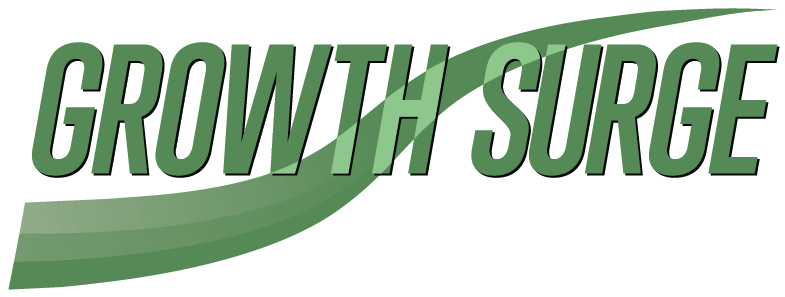Lean Validation
Are you still measuring productivity as profit ratios on your income statement, or sales conversion rates, or widgets per worker? If you’re an owner in a small or medium business, it’s time to introduce a different metric to measure performance: learning.
A lot of traditional methods for adapting to change involve rigorous, detailed and slow change programmes. This approach often leads to perfect product designs and intricate changes to sales and production methods, but by the time the solution reaches real customers, it’s not what they want.
Unless you’re in a well-established business selling proven products or services to customers whose needs seldom change, you’re unlikely to remain competitive with industrial-era management.
Without learning, concepts like agile, MVP (minimum viable product) and pivoting are mere clichés. Specifically, the learning is about validating your ideas as quickly as possible.
Lean validation improves your organisational learning to respond to market needs and be more successful, or at least to stay in business during tough times. Here’s how it works…
As a customer-centric business, your starting point is to define your customer, problem and solution hypotheses. The customer hypothesis describes our assumptions of who we think our customers are. It could be based on demographics, but more likely, a good customer hypothesis identifies people in specific situations or with specific behaviours or preferences.
E.g. people who want to do something about global warming but do it as conveniently as possible.
Then define this group’s problem hypothesis. The problem is not just the symptoms we might observe, e.g. “People aren’t recycling.”
Go deeper to find the root cause behind what we think the customer’s problem is. E.g. “They forget to put out recycling the night before,” or “They don’t know how to sort the 7 different types of plastics,” are two discrete causes. Each one might need a different solution.
But don’t worry about the solution just yet, because so far we’ve likely made multiple assumptions. We need to eliminate them by proving or disproving them, transforming them from assumptions into facts.
Identify as many core assumptions as possible. Focus on the riskiest ones that, if incorrect, would break your business, or at least guarantee product failure.
Then ask, “What do I need to learn?” Starting with the most risky assumptions, design your MVP as an experiment to test your hypotheses.
To test your assumption, figure out what you actually need to build in order to learn if the assumption is valid. What you build is not necessarily the MVP itself – imagine investing the time and money in building an actual product that no one wants!
A good experiment helps you to fail fast. Which is quicker and cheaper: building a survey and collecting 100 responses (from the “right” customers) or building a prototype and trying to sell it to 100 customers?
Decide on the minimum success criteria. How many “yes” responses will be good enough? Just 1? Or 10% of all responses? Or maybe 100%? How many responses in total would yield a statistically reliable result?
Now get out there and test your hypotheses. Using the data you gathered from real customers, is your assumption validated? If yes, move to the next stage of development, which is to test your next riskiest assumption.
As soon as an assumption is invalidated, it’s time to pivot to a new set of hypotheses. E.g. for the same type of customer, instead of the problem hypothesis being forgetting to put out their recycling, work with an alternate hypothesis that they don’t know how to sort their recycling. Then figure out new assumptions, design your MVP to test the riskiest, set your success criteria and run the experiment.
Only once all assumptions are validated would it make sense to invest in changing your product, sales and production processes to actually start selling the new product.
The goal of being agile in business is getting solutions to market quickly, but achieving that is by learning to fail fast.
